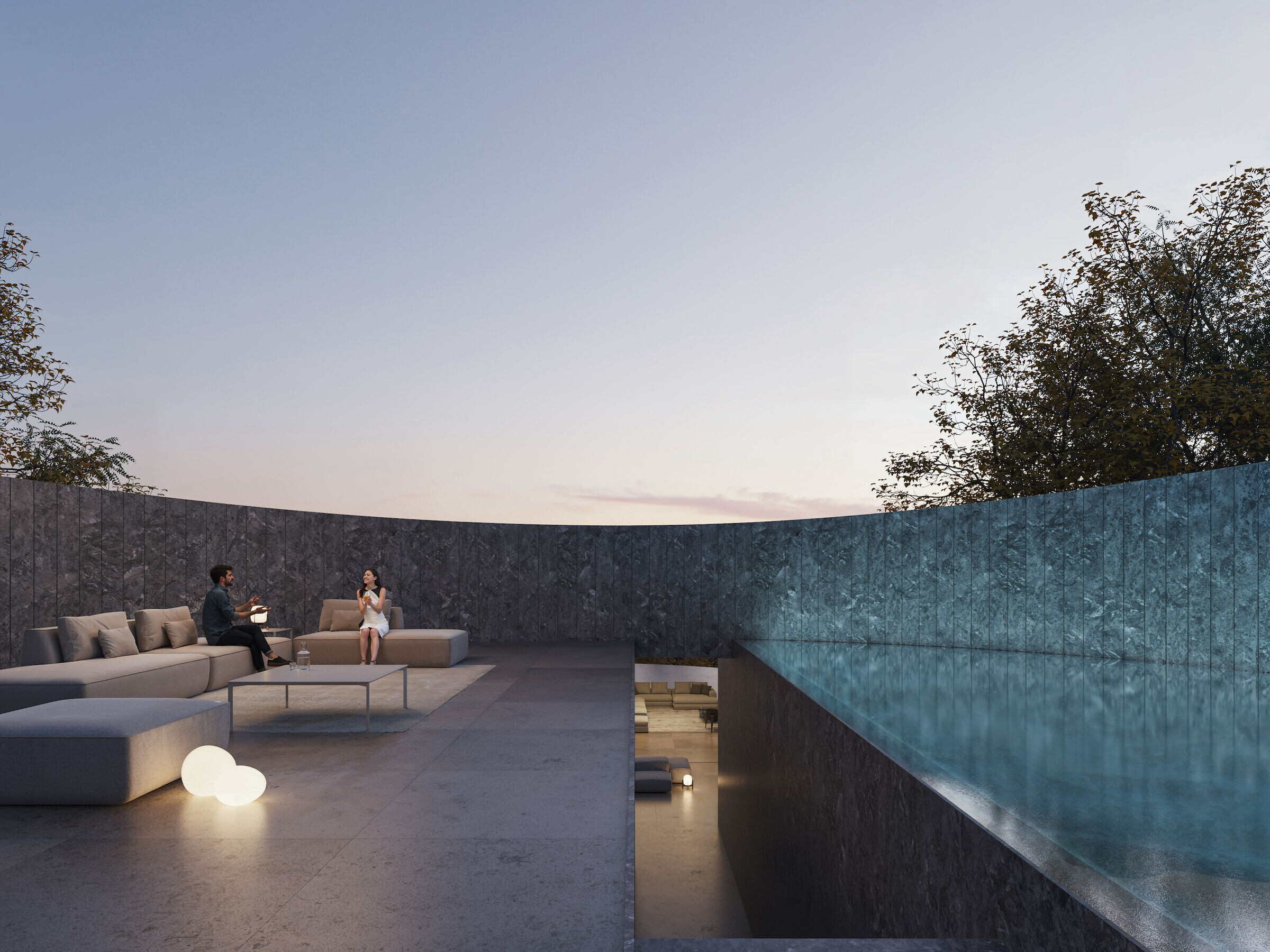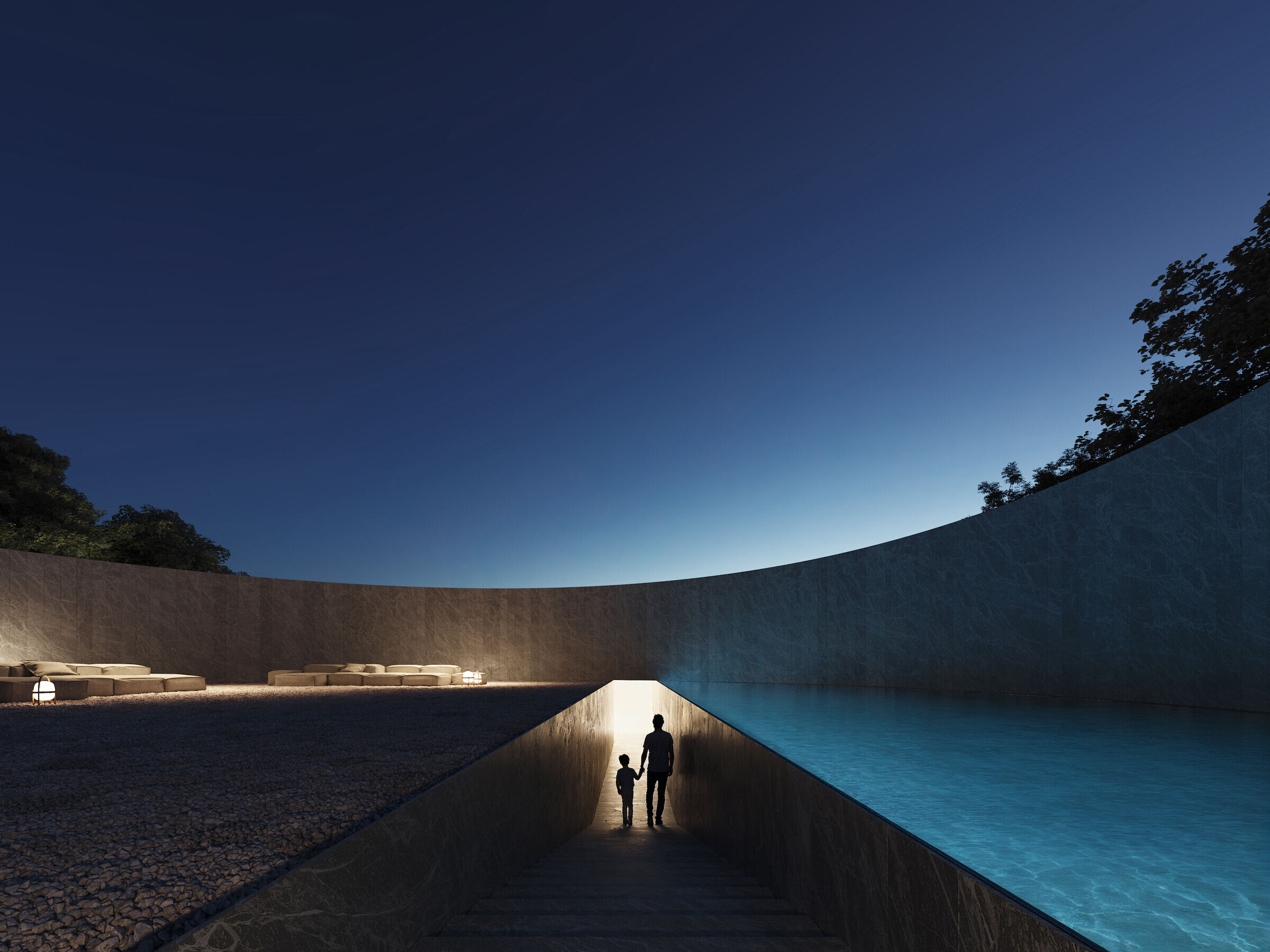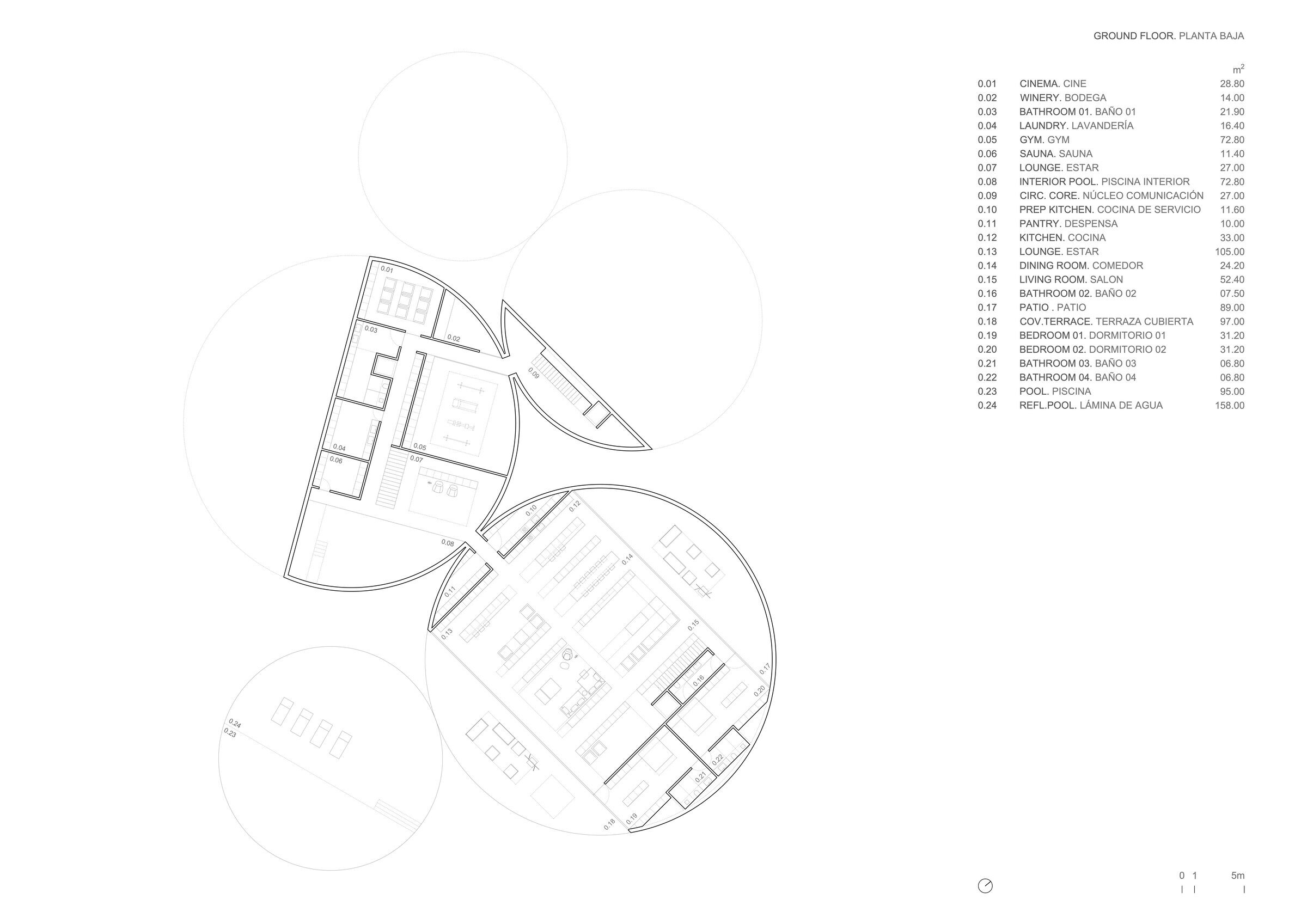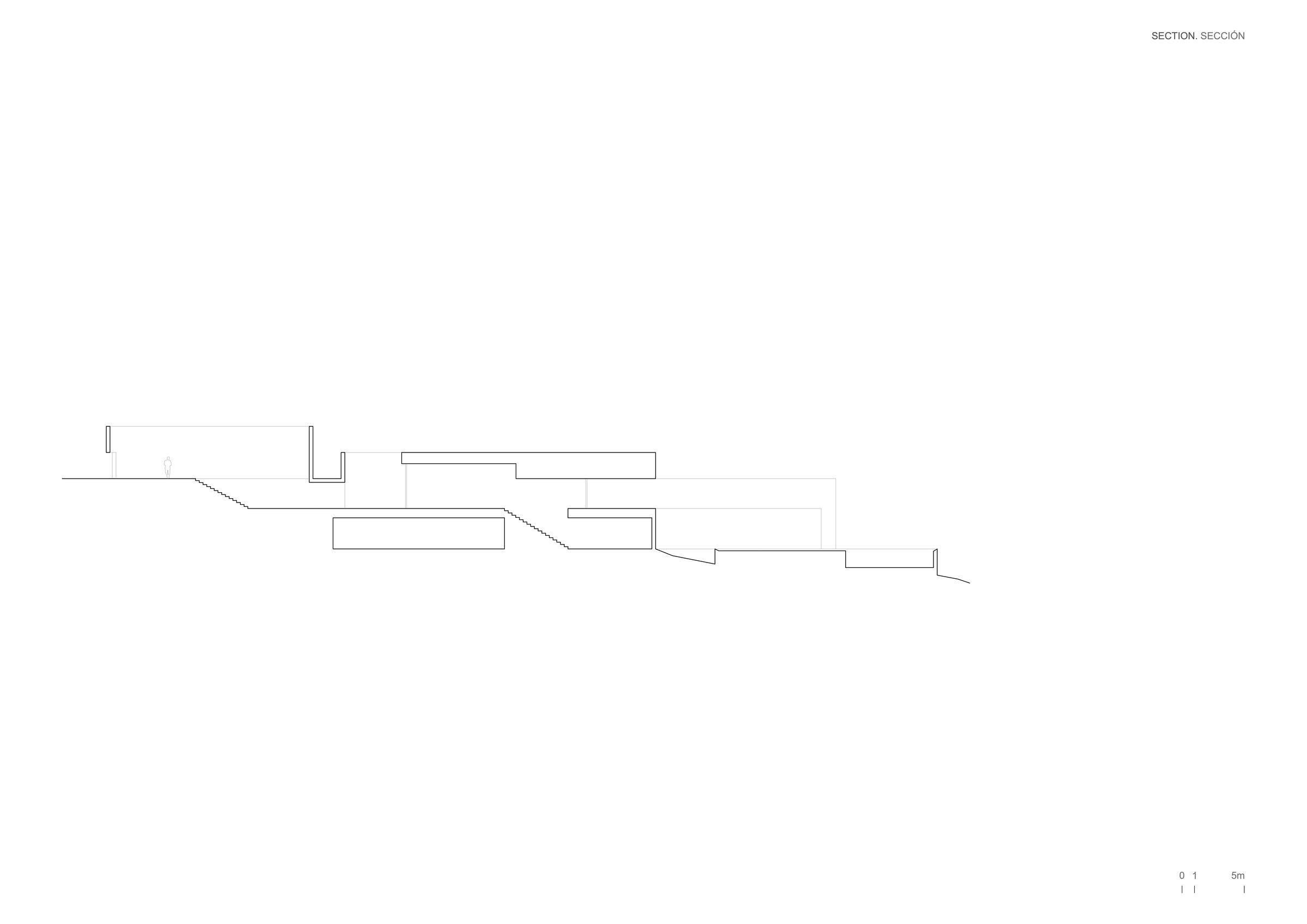In a landscape defined by its topography, Villa Noon is respectfully embedded, taking advantage of the terrain’s slope to open each volume toward a unique horizon. The layout of the house, fragmented into five circular pieces, responds to the desire to fully integrate with the surroundings, seeking visual continuity with the natural environment without creating a disruptive footprint in the landscape.
Each of these pieces includes a front terrace that provides sun protection and a rear patio that offers shelter from prevailing winds. This circular geometry not only optimizes orientation but also softens the volumetric impact, allowing the architecture to engage with the landscape in a restrained and measured way.
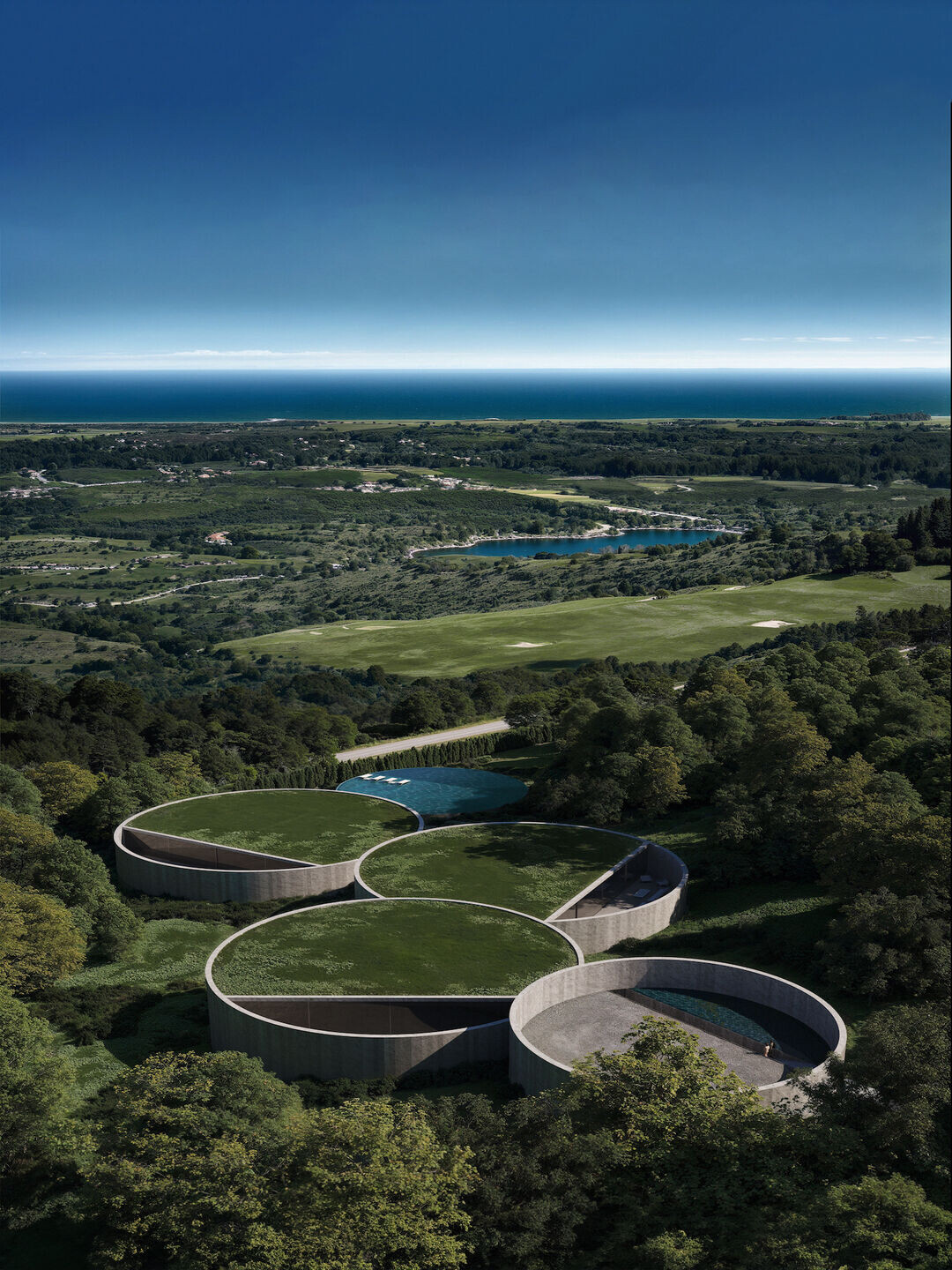
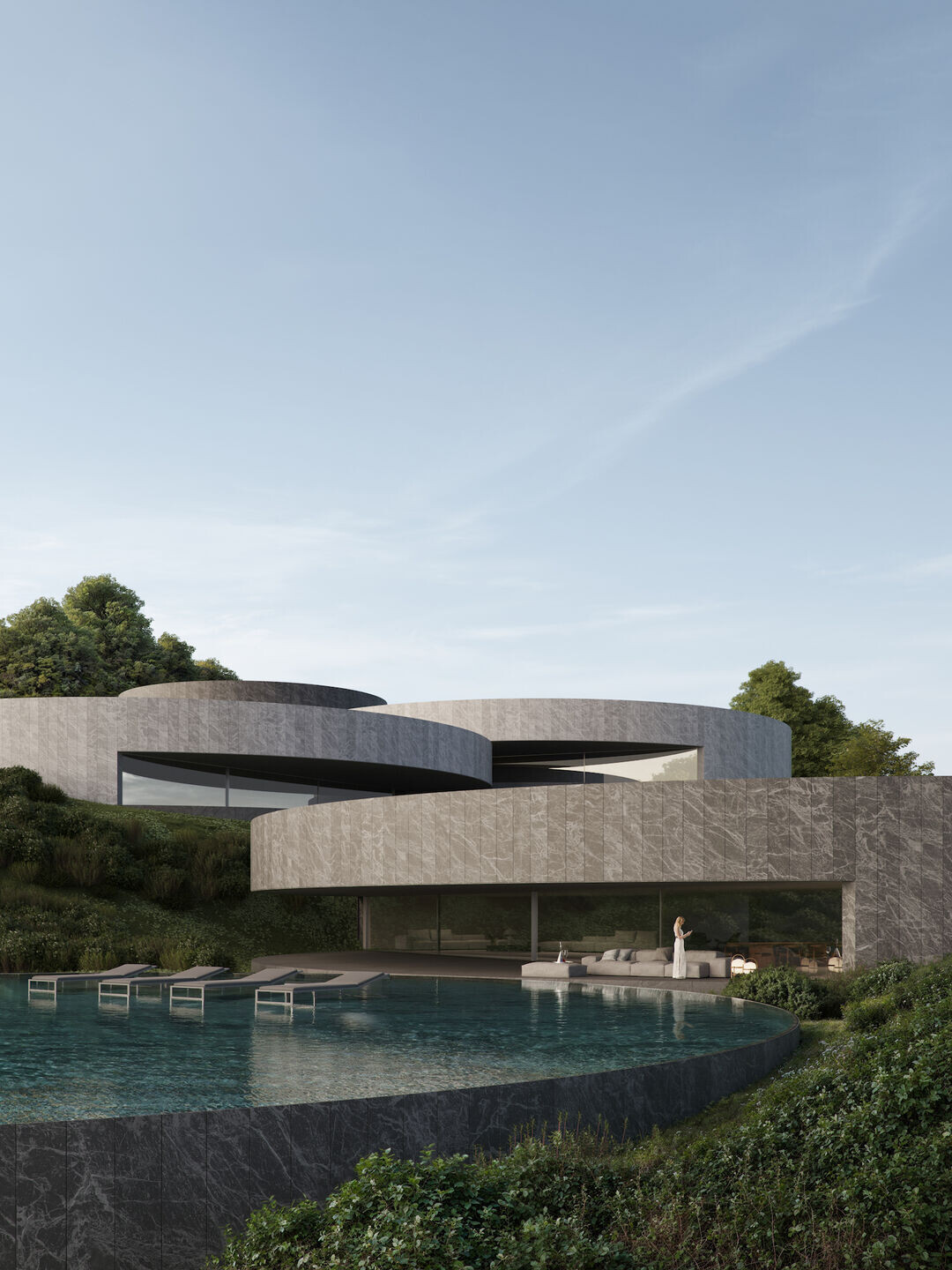
The exterior materiality, built with local Sierra Elvira stone with its grey tones and white veins, progressively blends into its surroundings. Over time, this natural texture will integrate as if it were part of the land’s very relief.
Access to the villa is defined by a large open vestibule, bounded by a curved wall that acts as a threshold between the exterior and the interior. This transitional space introduces visitors to a sequence of rooms that adapt to the different levels of the terrain. The night area is situated on a higher level, separated from the rest of the functions, while the day area unfolds on a lower platform, open to the landscape and in direct connection with the outdoors.

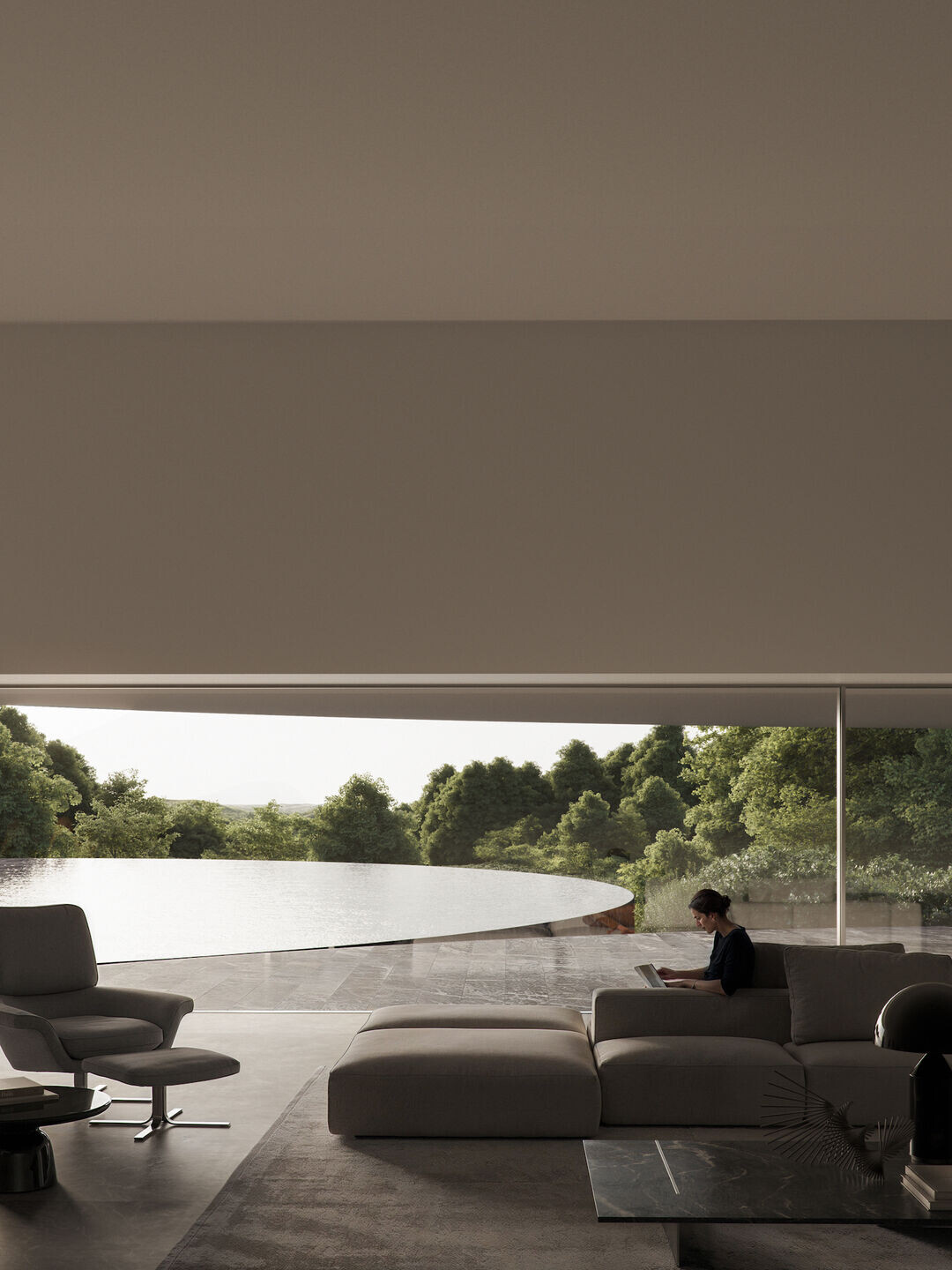
At this same level are the spaces dedicated to well-being, such as the gym, which serve as functional and spatial links to the independent guest area. This stepped layout preserves the privacy of each zone while maintaining a fluid spatial continuity throughout the entire composition.
The house achieves energy self-sufficiency through a combination of aerothermal and geothermal systems, generating a surplus of electricity. In addition, it incorporates an atmospheric water condensation system that extracts moisture from the air for domestic use.
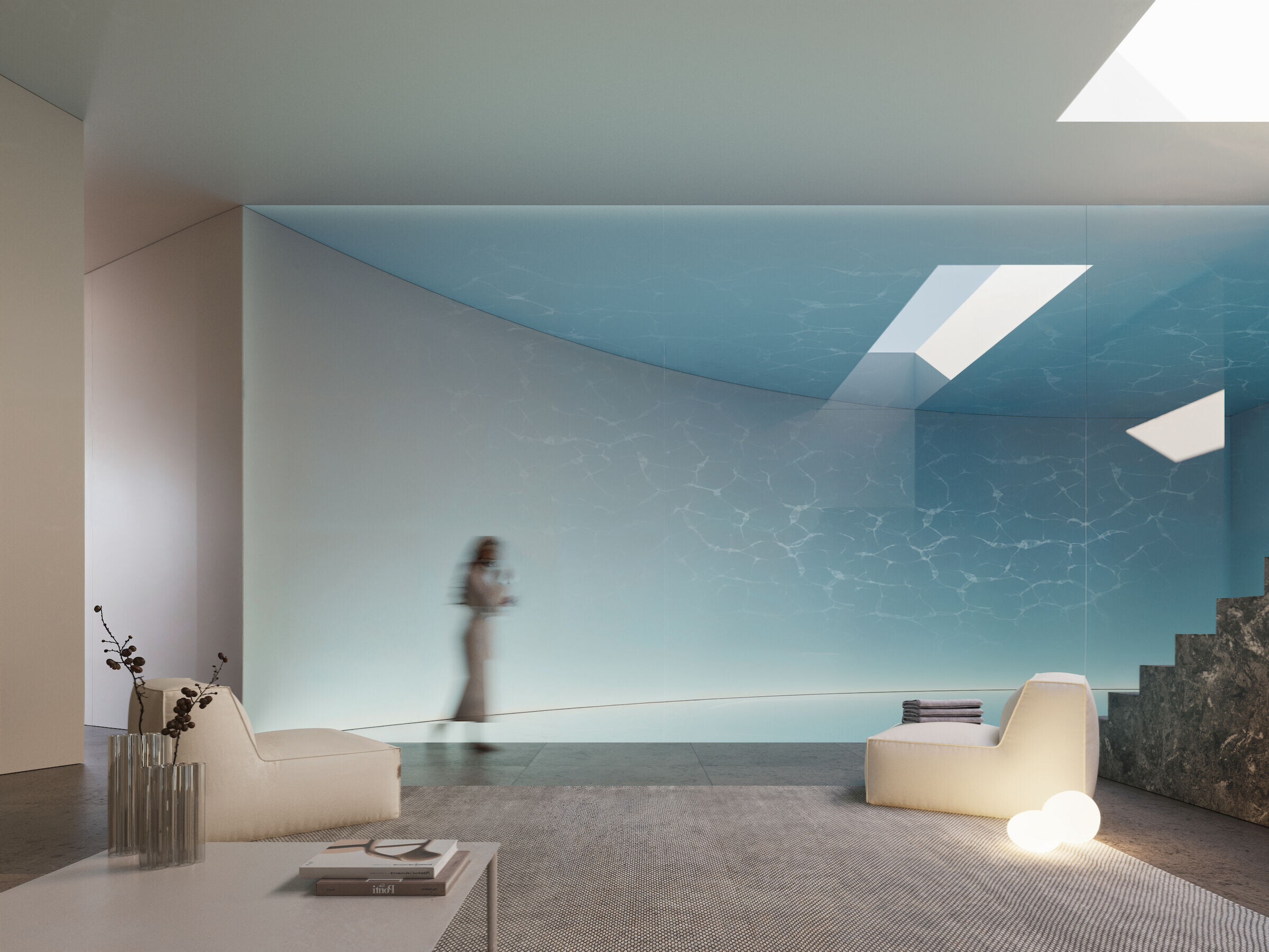

To reduce water consumption in the garden, strategies such as selecting native plant species grouped by water needs, using natural mulch to reduce evaporation, and a drip irrigation system that activates only when necessary are employed. Green roofs improve insulation and capture rainwater, while infiltration trenches (swales) filter and direct rainwater. Permeable surfaces and cisterns complete this system, allowing for the storage and reuse of collected water.
Thanks to this set of measures, the home also achieves water self-sufficiency—a particularly sensible goal in this part of Spain, where the proximity of the Sierra de Grazalema makes the area the rainiest in the country.


We have always been fascinated by how the Namib Desert beetle collects water: in an extremely arid environment, this insect tilts its body into the wind to condense fog on its shell, whose surface combines areas that attract water and others that repel it, allowing the droplets to slide directly into its mouth. A natural lesson in efficiency that inspires and reinforces the logic of this system.
The project echoes architectural references such as Arne Jacobsen’s Leo Henriksen House or Kazuyo Sejima’s Villa in the Forest, whose circular geometries and sensitivity to the landscape have been sources of inspiration. However, unlike radiocentric solutions, this project opts for what we call “the squaring of the circle”: resolving the living spaces through an orthogonal floor plan, while service areas are integrated into zones of irregular geometry.
Ultimately, we hope that over time this architecture will become camouflaged in its surroundings, as if it were part of a karstic relief.

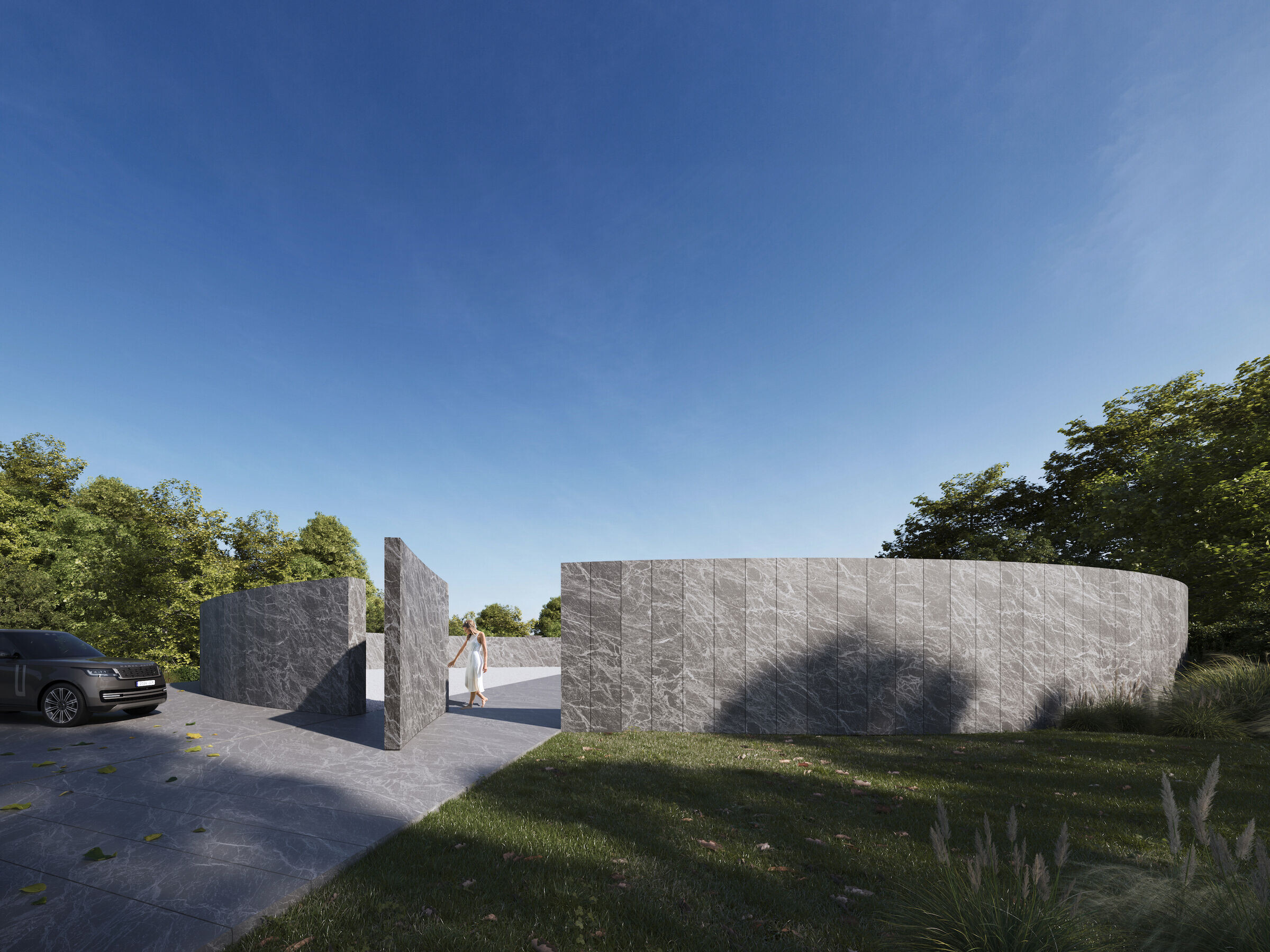
Team:
Fran Silvestre Arquitectos: Architects
Developer: Cork Oak Mansion
María Masià: Architect
Pablo Camarasa: Architect
Ricardo Candela: Architect
Estefanía Soriano: Architect
Sevak Asatrián: Architect
Carlos Lucas: Architect
Andrea Baldo: Architect
Ángelo Brollo: Architect
Javi Herrero: Architect
Gino Brollo: Architect
Facundo Castro: Architect
Anna Alfanjarín: Architect
Laura Bueno: Architect
Toni Cremades: Interior Designer
Susana León: Architect
David Cirocchi: Architect
David Cirocchi: Architect
Neus Roso: Architect
Nuria Doménech: Architect
Andrea Raga: Architect
Olga Martín: Architect
Víctor González: Architect
Pepe Llop: Architect
Alberto Bianchi: Architect
Pablo Simò: Architect
Andrea Blasco: Interior Designer
Laura Palacio: Architect
Carlos Perez: Architect
Jovita Cortijo: Architect
Claudia Escorcia: Architect
Diana Murcia: Architect
Olga Fernández: Interior Designer
Carlos Ferrer: Architect
Diana Vela: Architect
Ana de Pablo: Financial & Administration Dept.
Sara Atienza: Marketing and PR Dept.
Valeria Fernandini: Financial & Administration Dept.
Sandra Mazcuñán: Administration Dept
José María Ibañez: Business developer CCG y México
Andrea Álvarez: Marketing and PR Dept.
Néstor Bolinches: Business Developer
Graciela Guillén: Marketing and PR Dept.
